|
What a beauty! The first in my lifetime that I have seen this chair and doubt that I will see another. This chair came in with the original weaving, which became brittle with age and use- easily 60+ years old. Most of the damage and loss was around the arms and a little in the back. These barrel backed chairs are immensely comfortable- they feel like sitting in a hug. And they happen to be stunning in the home. People hold onto them and pass them down, which is the case with this chair. This is one of 3 that has been kept in the owner's family- the other two are in New York City. 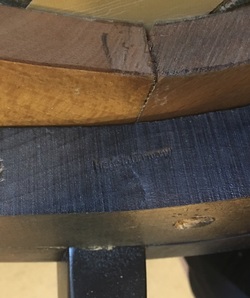 The designer for this chair is unknown to me. So if you know I'd love to hear from you! The only markings on the chair are a few "Made in Germany"s imprinted into the wood. What this does tell us is that most likely this particular chair was made for sale to an English speaking market. The weaving style is very reminiscent of Hans Wegner's "The Chair" designed in 1949. Which came first? Since the designer and date of this chair is unknown I would guess Wegner's powerhouse design and others, like this black chair, followed. Cane is strong because it is woven together so that all of the individual strands work as one. The field of the this weave is a simplistic and angular over and under and the weaving stops well before it reaches the structure of the chair... or does it? The strands pair up around the perimeter of the panel and cross each other on their way to attaching to the structure of the chair. This locks in the field of weaving and continues the strength of the strands working together. Without this crossing the weave would shift over time and fail. The Wegner example employed binder cane, a thick 5-6mm peel off the rattan vine / cane, which attached to the structure of the chair by orchestrated wrapping around rungs, through slots, and tacking. In the case of the black chair the weaving was the same, but required 2.75mm cane and a traditional blind attachment. The original caning was sprayed black with the rest of the chair and you can see greater wear areas where the paint has worn off of the cane. The cane has had the lifespan it has greatly due to the fact that it is a back and arms that do not hold the sitter's main bulk of weight like a seat. This chair has 316 blind holes (sometimes also called "French" or "Continental"). This means that each hole only goes part of the way through the wood and must be drilled out and cleaned out without making the holes any larger than they already are. In this case a pair of surgical pickups came in handy. This is Tedious Process Part One. Thank you to my husband for a helping hand during this process! That is one naked chair! Here you will notice a halo effect showing where the original caning had been woven and then the completed chair was spray lacquered piano black. Where the cane pressed against the wood the lacquer could not penetrate and remained bare. You can even tell which strand was on top and which was on the bottom. This halo effect came in handy when replicating the weaving and trying to recreate portions that were totally missing. Tedious Process Part Two was the weaving process. Since the holes are blind and only go part of the way through the wood, each strand is woven and then trimmed to fit. Then glued and pegged into place to dry. This was done approximately 704 times! I like to use plastic cribbage pegs while working- they are just the right size for the holes, do not stick up too far, and do not stick to the glue. I own about 90 of them so with this job they were all employed! 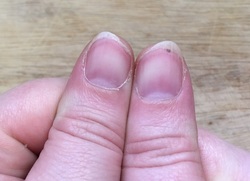 I'm going to pause here for a moment... Weaving this chair gave me a very specific manicure. We weavers know that often our best tools are our hands and how we can use them. In this case I was constantly pushing rows down, close to the previous row and my nails were the best tools for the job and soon shaped to the task at hand! (I honestly can't remember the last time I had a real manicure...) Back is in place, on to the arms! The arms on this chair shape the cane into this really dramatic swoop. Areas like these really drive home the fact that the weaver and the designer had a very good relationship in producing this chair. The swoop of the arm is dramaticized by the swooping and pinching of the cane at the curve. The weaving was not an afterthought. The seam of holes where the back and the arms meet was covered with more cane so as the eye surveys the weaving it appears continuous from arm to back to arm. The pegged holes are hidden. Each of the 316 holes were pegged to complete the weaving process and hold the cane in place until its next re-weaving. So the color of the cane is light since it is fresh and new. If left bare it will darken with age and the natural variations in the cane will show off the beautiful, natural material. If the owner's choose they can have the cane spray lacquered back to black, however this is a process I would only trust to a finish specialist. The seat drops back in and is a base with an upholstered cushion. Before and Afters A note on my "Danish Peel" label of caning technique: As a professional weaver I strongly believe that the cane woven furniture that came out of the Danish Modern movement greatly deserves a tittle all their own. There was immense ingenuity and creativity to develop unique caning weaves in conjunction with groundbreaking furniture design. The designers, like Wegner, did not just slap on traditional cane weaving, but developed new weaving styles and techniques to make the weaving design just as important as the overall structure. I ran across someone using the term "Danish Peel" and said to myself - that is it! Danish, from Denmark and the epicenter of the MidCentury/Danish Modern movement (thank you Hans Wegner), and "Peel" from the term for strand or binder cane, which is the peeled off bark of the rattan vine. So I make the distinction "Danish Peel" for the cane weaving of this era along side "Danish Cord" for the cord weaving. More info on Danish Peel click HERE More info on Danish Cord click HERE And back home it went.
And another chair added to my list of chair crushes! Enjoy!
0 Comments
|
E Emza Uphill
Owner/Craftswoman Archives
October 2016
|
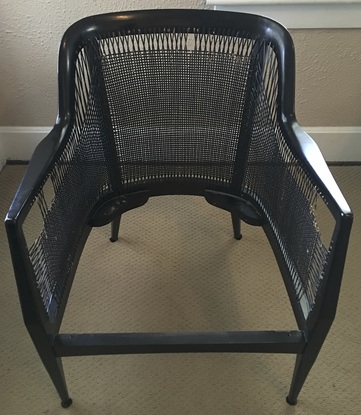
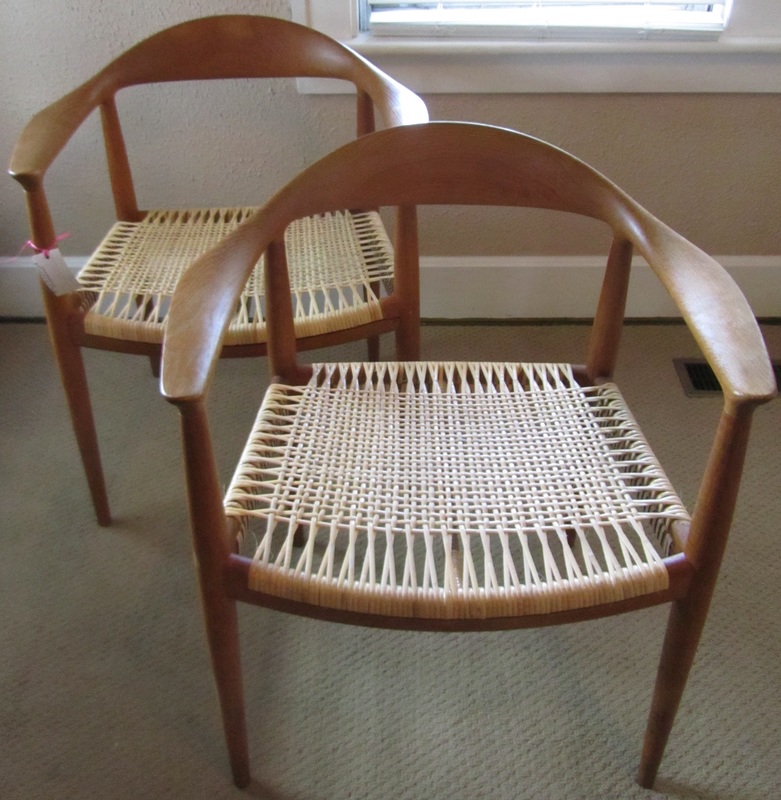
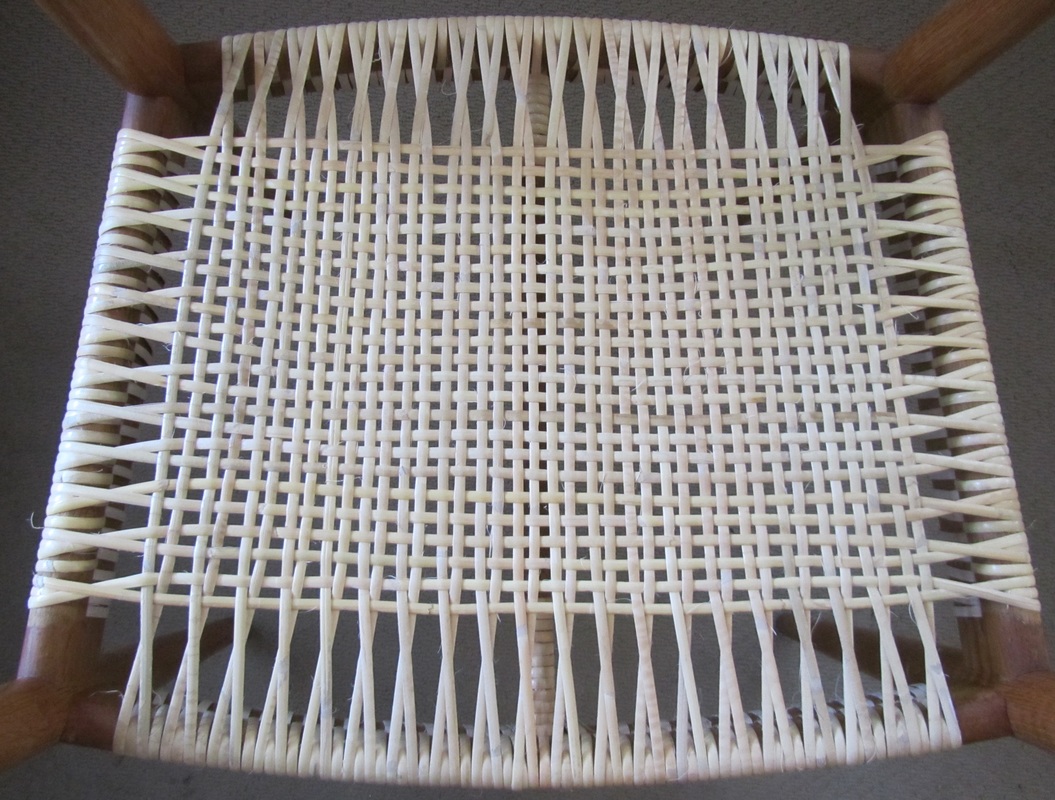
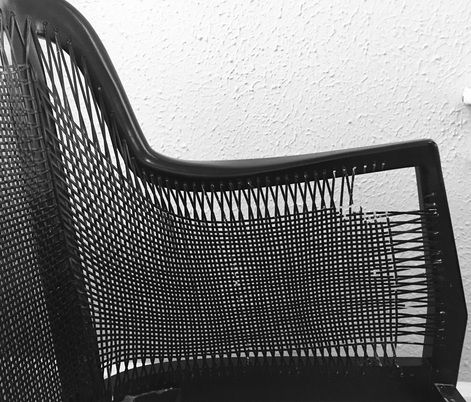
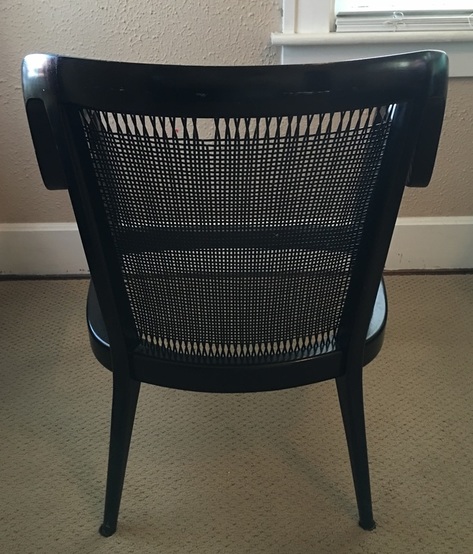
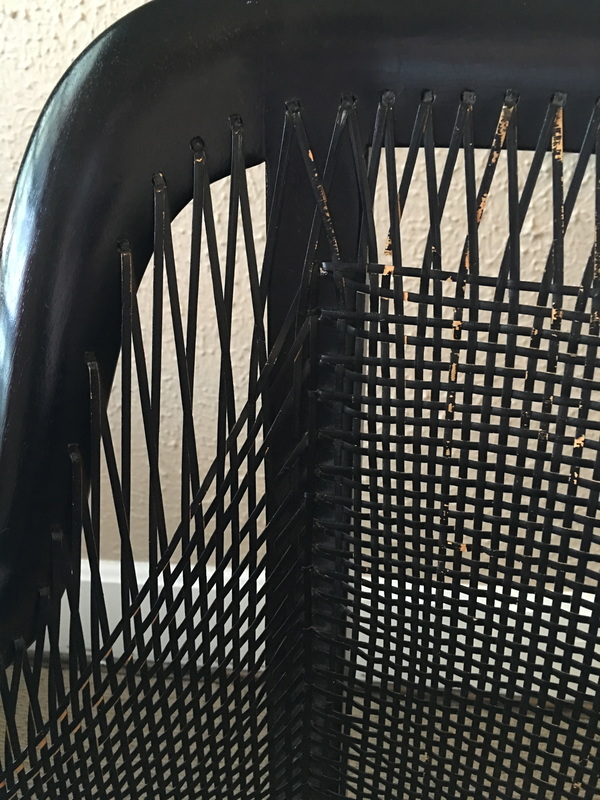
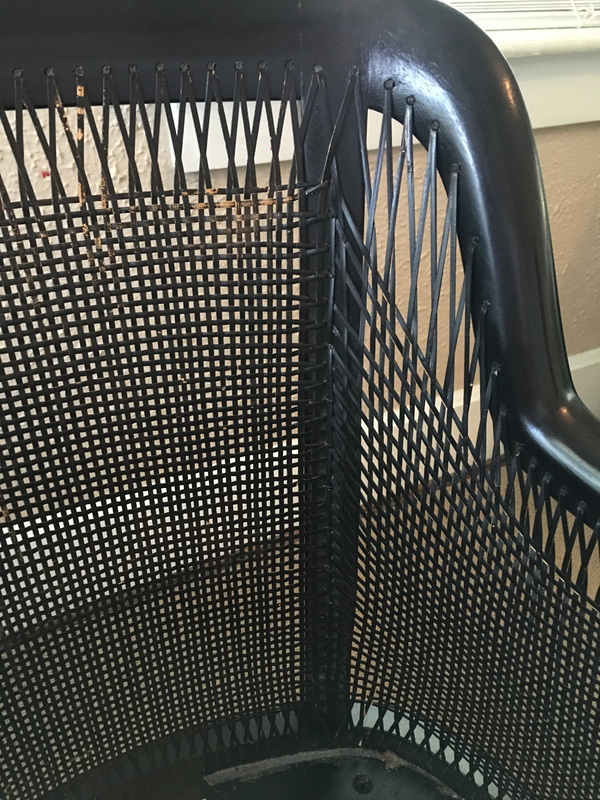
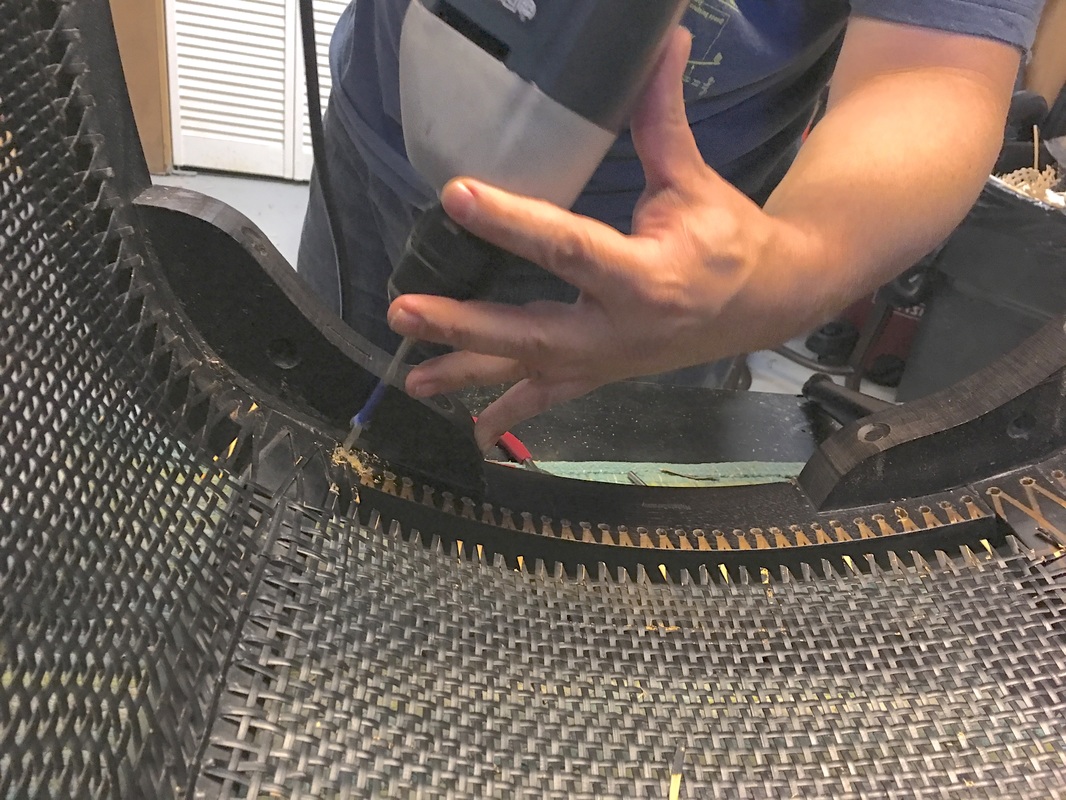
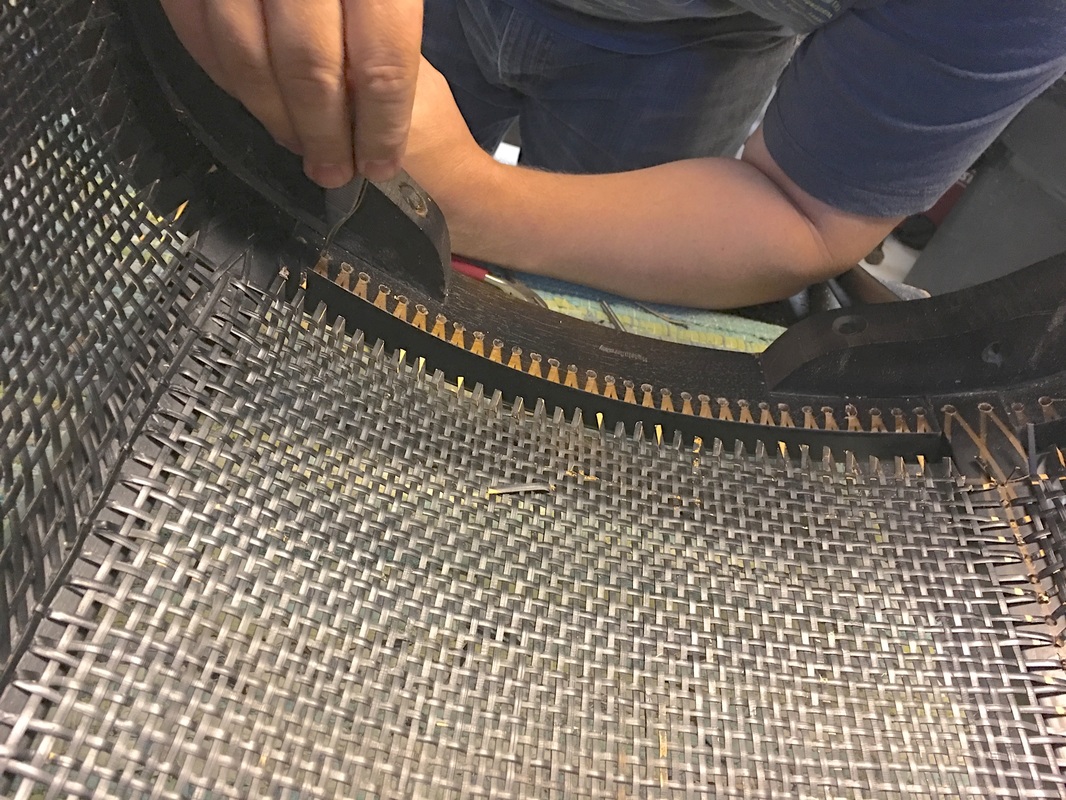
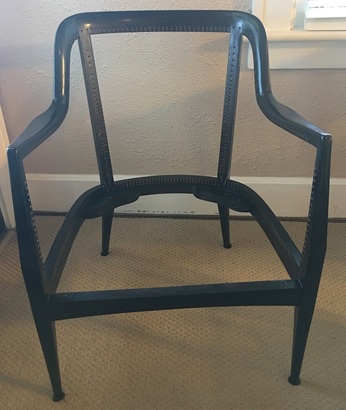

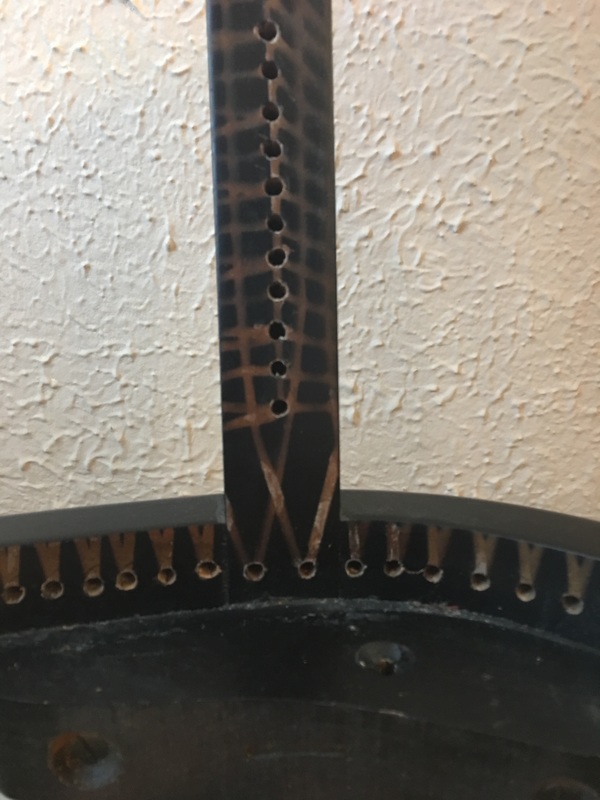
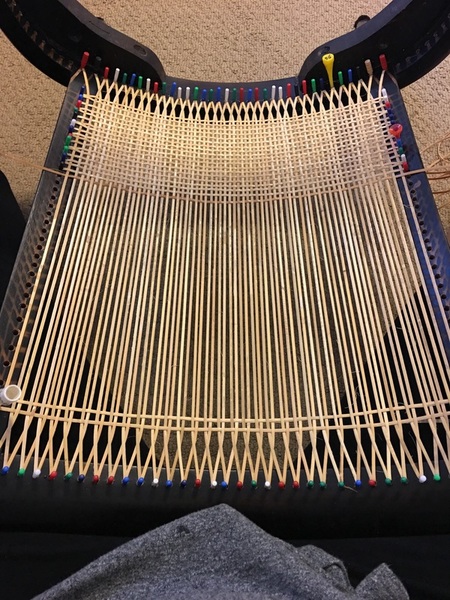
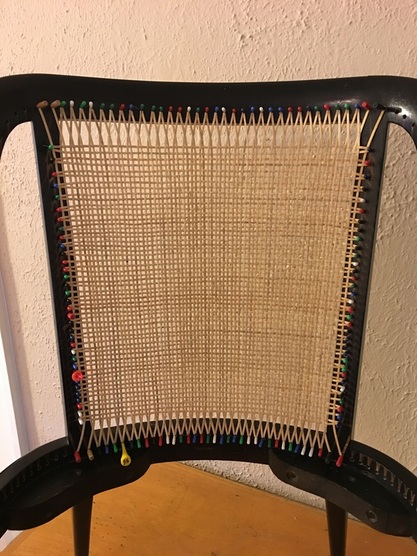
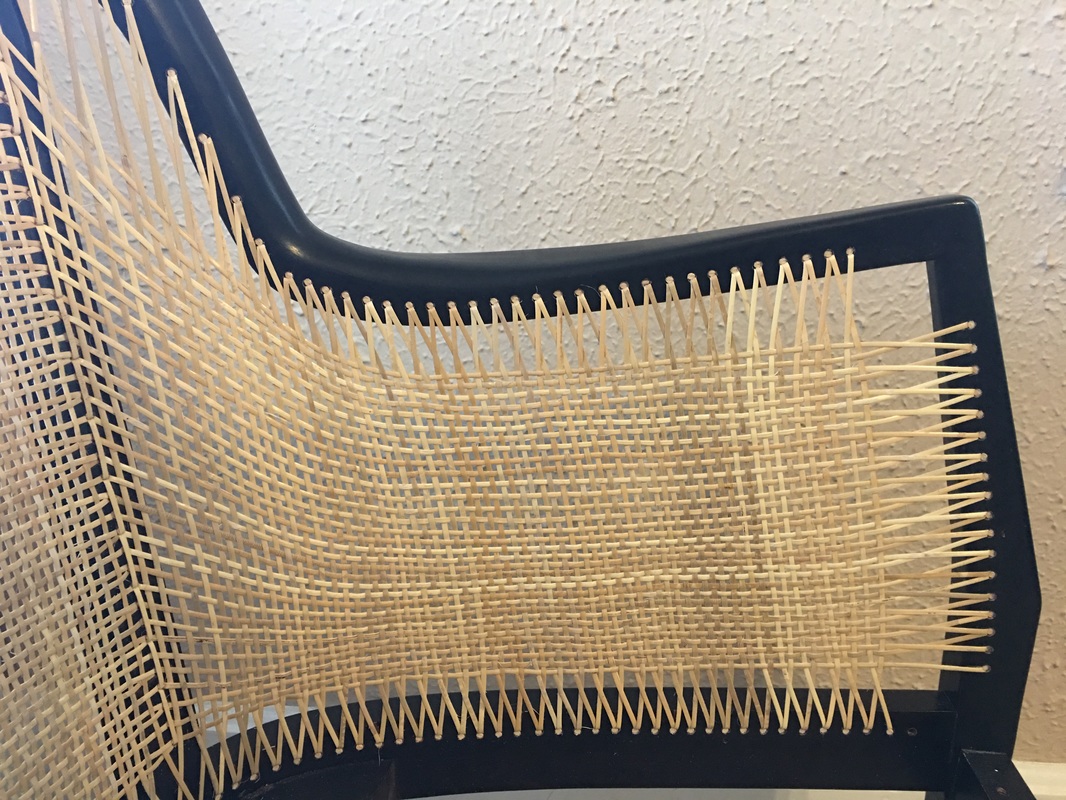
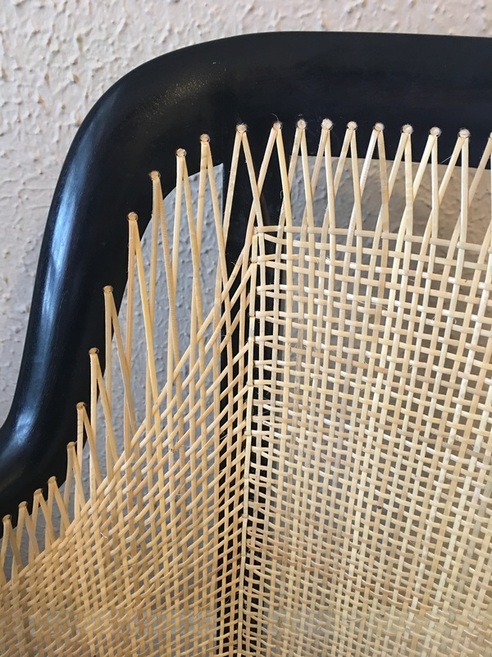
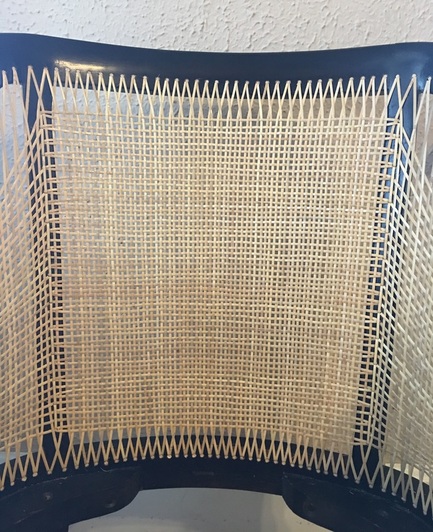
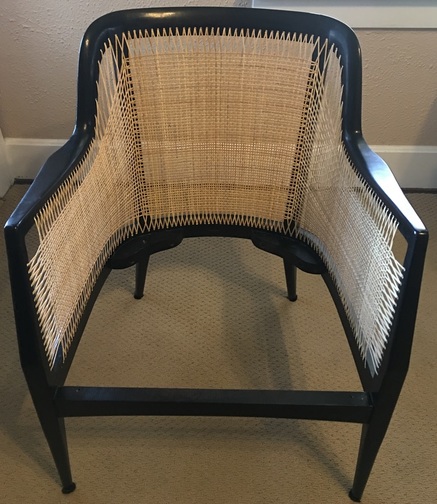
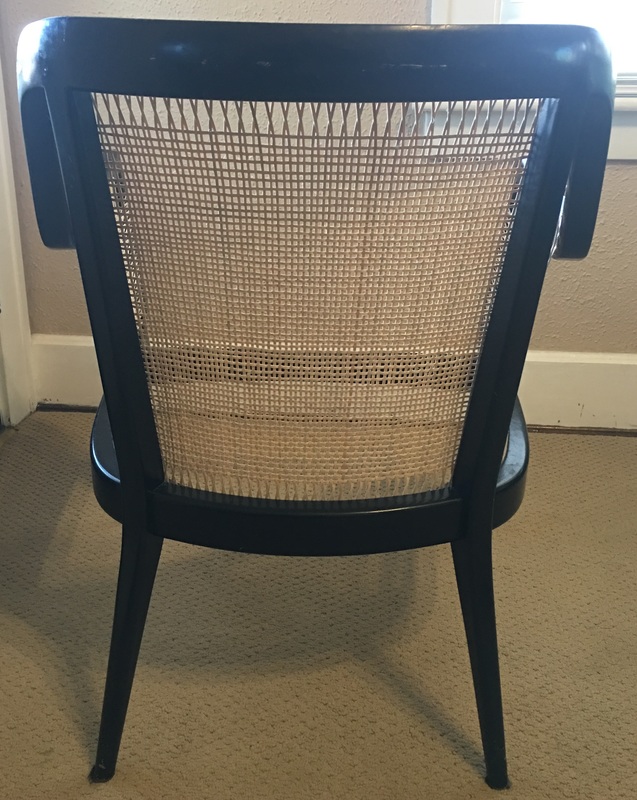
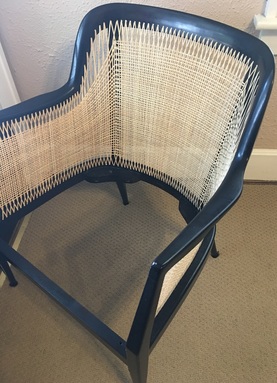
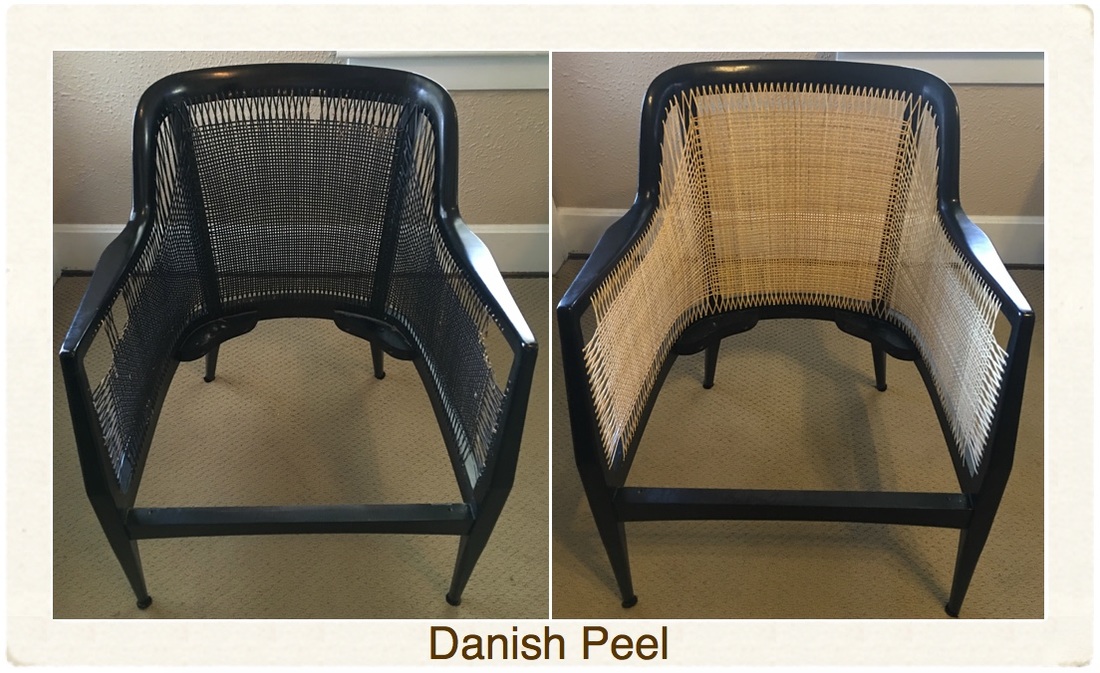
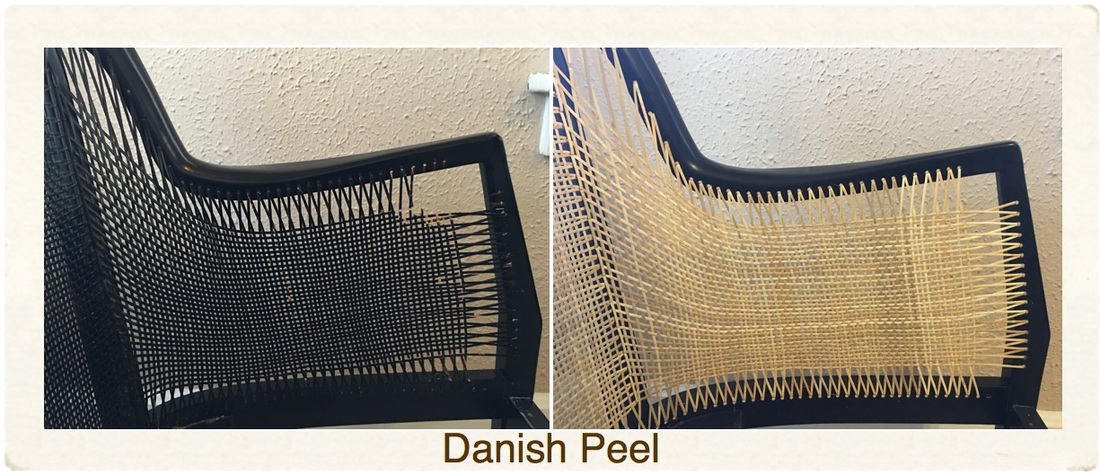
 RSS Feed
RSS Feed
